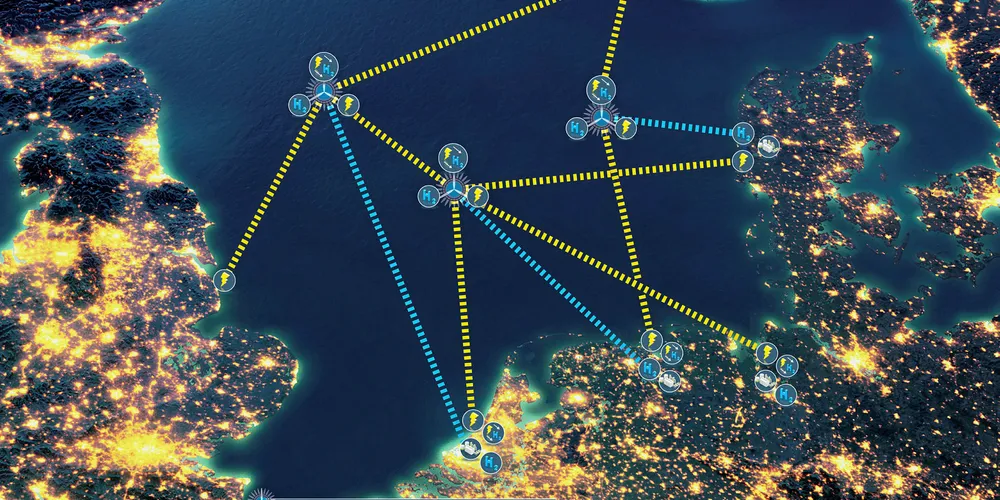North Seas ministers seek rules for meshed offshore wind grid
Energy ministers of 10 countries agree on 2020 work programme that includes joint maritime spatial planning

Energy ministers from 10 North Seas countries in Brussels today agreed on a 2020 work programme on offshore wind deployment as a means of reaching climate neutrality by 2050.
The programme elaborates what the countries – Belgium, Denmark, France, Germany, Ireland, Luxembourg, the Netherlands, Norway, Sweden and the UK – intend to do together on maritime spatial planning, electricity grids and developing hybrid and joint offshore wind farms.
The group of 10 countries earlier had committed to define a regulatory framework for wind farms at sea that have a grid connection to more than one country.
Such “hybrid” projects will be key in pooling assets and infrastructure together and reduce the costs of deploying offshore wind, WindEurope said.
“Up to 380GW of offshore wind is doable in the North Seas by 2050 if countries collaborate effectively on maritime spatial planning, grid investments and hybrid offshore projects,” WindEurope chief executive Giles Dickson said.
“The North Seas countries realise that and are taking concrete steps to make these big volumes happen. It’s great to see this reinforced commitment from governments on offshore wind – and to see them widening and deepening the scope of their work together.”
The need to work together on maritime spatial planning to “be able to utilise the energy potential of the North Seas” comes as the countries acknowledge the finite nature of space in the North Seas, WindEurope added.
The aim is to develop concrete plans for potential joint cross-border offshore wind farms that “generate benefits for all participating parties”.